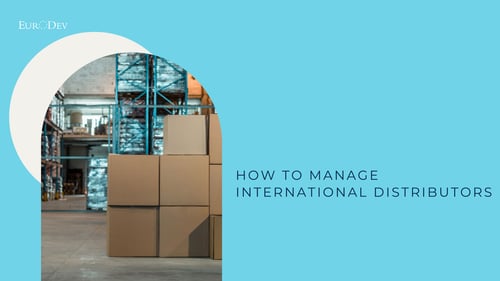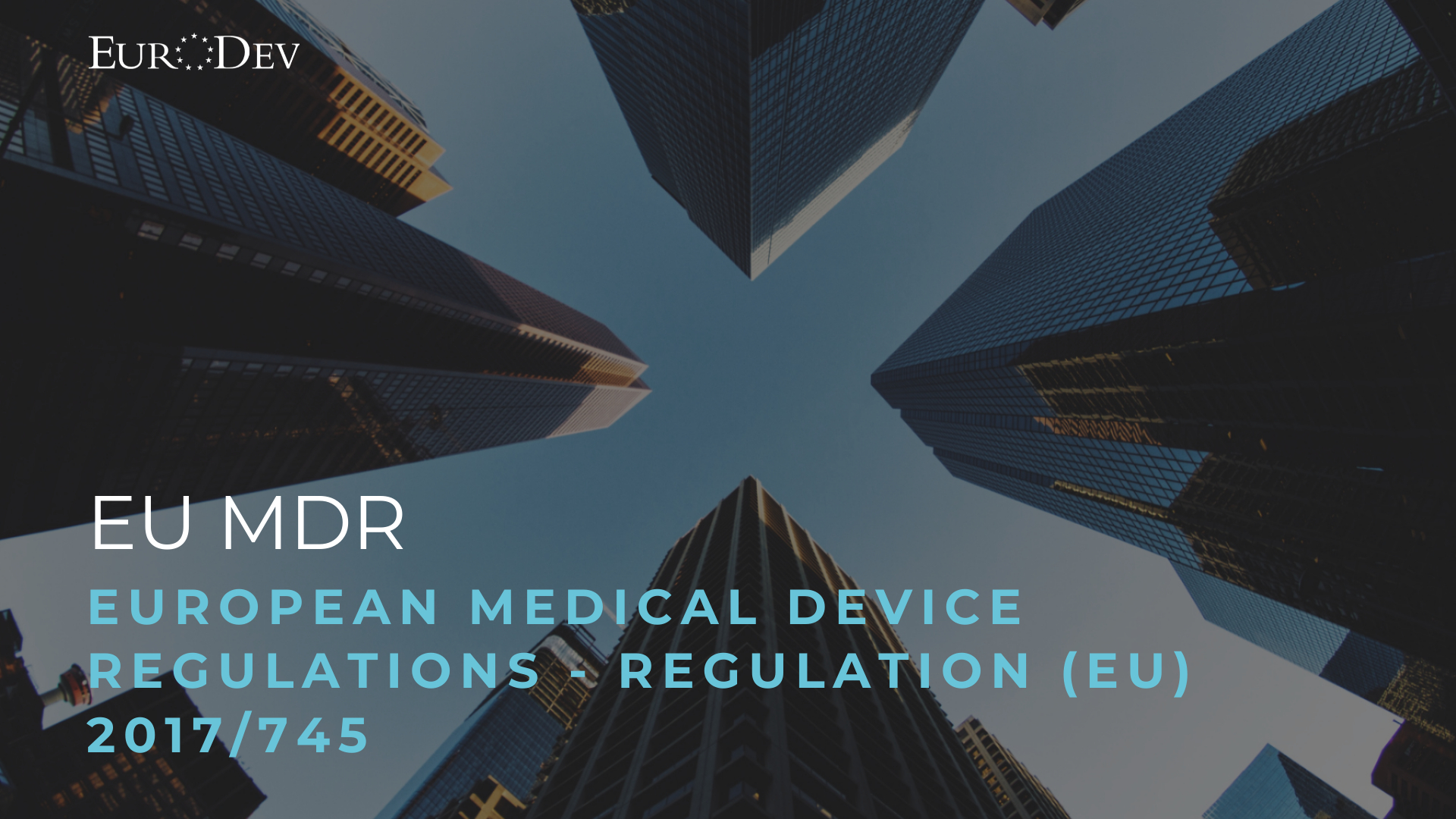Post-Market Surveillance in EU: Compliance and Success
Entering the European market requires a couple of steps that manufacturers need to consider for an effective launch of new products. One of the steps the end manufacturers need to work on is Post-Market Surveillance (PMS) and vigilance.
PMS refers to the ongoing monitoring of medical device usage and performance while it is on the European market. Vigilance involves notifying bodies to report any adverse events or incidents associated with the medical devices. These steps are usually carried out by the notified bodies and make it essential for manufacturers to ensure that products are safe and effective for patients throughout their life cycle.
This blog will provide an overview of post-market surveillance and vigilance and the steps medical device manufacturers will have to follow when implementing a PMS and vigilance system for their products.
Post-Market Surveillance as EUMDR Requirement
According to Article 83 of the EU-MDR (post-market surveillance systems of manufacturers), manufacturers are required to have a system in place before an MDR certification is approved. The system will detail the PMS activities, which include the processes, tools used to conduct the surveillance, and many others. It should also detail provisions for updating the plan if new information is available, such as data from studies, adverse event reports, and many others.
This system will be proportionate to the risk of the class of the medical device or IVDR, intended use, and any factors that may impact the safety of the effectiveness. To ensure proper integration for manufacturers, Article 83 indicates that this system should be part of the manufacturer’s quality management system.
The purpose of the system is to ensure any issues, positive or negative, are detected and properly reported. Issues such as safety concerns, inadequate performance, and device failures are registered in the system. This will allow medical device manufacturers to identify, analyze and correct any issues that arise before they harm the patients.
To ensure an effective post-market surveillance system, it is advisable to follow some of these steps:
Develop a smart PMS plan
A post-market surveillance plan outlines the methods and procedures for monitoring medical devices in the European market. This plan should list out data that will be collected, processes of analysis, and how updates will be placed on the systems.
One of the key considerations for a PMS plan is to include where and how to search for relevant information. In the USA, manufacturers place the data on the US MAUDE database or Pubmed. In Europe, it is important all this is also tracked on EUDAMED.
Collect and analyze the data from different sources
This should include any sort of complaints, feedback, clinical studies, and performance evaluations. Information should be used to improve the products. Post-market surveillance data collected and analyzed might trigger the need to implement a field safety corrective action. Medical device manufacturers should follow the guidelines to ensure proper handling of the study.

Conduct a trend analysis
This way, you'll identify potential patterns, abnormalities, emerging issues, and others. Manufacturers should understand that a product placed on the European market does not guarantee the completion of the medical device. Information collected and trends identified should be put into the corrective measures for the company’s actions.
Report and communicate any findings
Any findings should be reported and communicated to the regulatory authorities, healthcare professionals, and, in some cases, patients. In cases of severe effects and emergency concerns, manufacturers should implement corrective action for their products.
The requirements for trend reporting are covered in detail in Article 87 of the EU MDR (vigilance).
Medical Vigilance & Medical Reporting in the EU
According to the EUMDR and IVDR, having a vigilance system for medical devices and IVDs is a critical requirement in the quality management system. It is important that this process identifies incidents based on when, what, when, and to whom. This process ensures that regulatory professionals are not confused when notified bodies and medical device manufacturers report any issues.
According to the new medical device regulations, any company that fails to correctly report an incident might face severe consequences. In the European medical device market, ignorance is not an excuse and will not be accepted when reporting incidents. Hence, responsible persons notified bodies and any other involved parties should know the process of registering medical incidents.
The vigilance system should include procedures for reporting and investigating adverse events. In cases of serious incidents, medical device manufacturers have a period of fewer than 15 days to report and record the incident. Manufacturers should provide a detailed report of when, how, where, and to whom within 30 days of becoming aware of an incident.
To ensure a proper vigilance system for medical products, manufacturers can:
Develop a vigilance plan
This plan will include the procedures for investigating, reporting, monitoring, and analyzing trends in any accidents.
Reporting adverse events
This is an important requirement in the process that is meant to be done within 15 days of becoming aware of the accidents. In addition, manufacturers should submit a report within 30 days. To ensure a proper system, proper procedures for reporting and investigating adverse events and communication systems with the regulatory authorities and other stakeholders should be put in place.
Medical device manufacturers should reference MEDDEV 2.12/1 to determine the correct reporting timelines. This document provides guidance to manufacturers on surveillance and has been the primary guidance document for vigilance reporting since January 2013.
Inform the incident
The appropriate competent authorities should be informed that an incident has occurred. This is based on the country where the incident occurred or where the device was used. The authorities in each EU member state are responsible for regulating medical devices and ensuring their safety and performance.
Depending on the intensity of the incident, the authorities may require additional information or require more actions. Determine if the field safety corrective action and field safety notice are necessary and report to the authorities.

Submit an incident report to the authorities
According to the MEDDEV 2.12/1, manufacturers should file a report if a product malfunctions, deterioration in the device performance, inadequate instructions, or inadequate labeling results in death or serious unjust or may lead to death or serious deterioration state of it were to recur.
Add vigilance reports and other correspondence with the authorities to the quality system records. Inform your notified body of the incidents or the FSCAs unless the medical device is a class 1.
Implement corrective and preventative actions
Investigate any adverse events and identify if there is a need for corrective or preventative actions need to be taken to mitigate any risks. Implement corrective and preventative actions that would mitigate any risks identified. These will include either recalling the medical device, including safety alerts or warnings, or modifying the medical design/software and labeling the products.
Conclusion
Post-market surveillance and vigilance are critical components of the EUMDR process for manufacturers who want to place their products on the European market. Manufacturers and all players can ensure the safety and effectiveness of the medical devices if a proper plan is put in place for reporting adverse events.
Following the steps above, manufacturers can establish effective post-market surveillance and vigilance systems that would meet the European medical device requirements and also ensure their continuous safety and effectiveness.
To learn more about how we can assist you with compliance and success in Europe, visit our Sales Outsourcing services and schedule a meeting with us.
Bonus read: Medical Devices Market in EU: Dos and Don'ts
Related articles
-

How to Manage International Distributors
7 February 2024It is essential to invest in an effective distributorship approach. In this blog, you will learn...
Read more -

Key Updates to Dutch Employment Law
25 January 2024Discover key updates in Dutch employment law, from minimum hourly wage to carbon emissions...
Read more -

MEDICA: Expanding Horizons to Europe
7 November 2023Explore the opportunities for expanding your healthcare business into Europe with the Medica trade...
Read more


